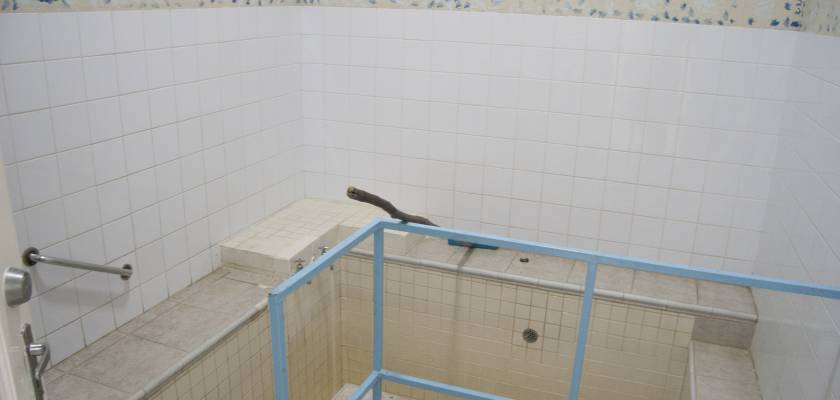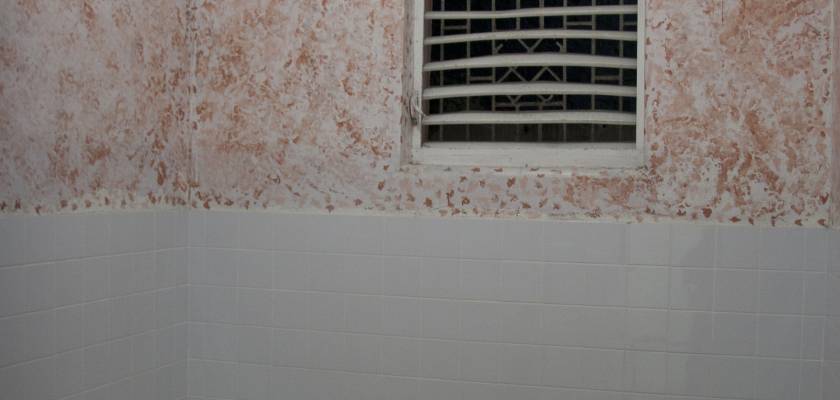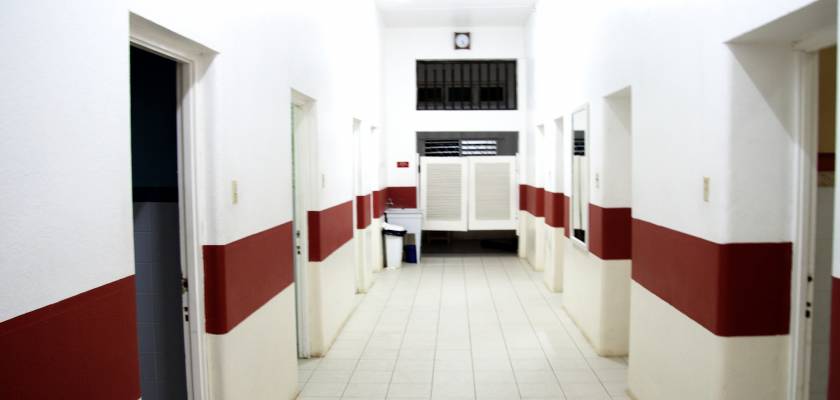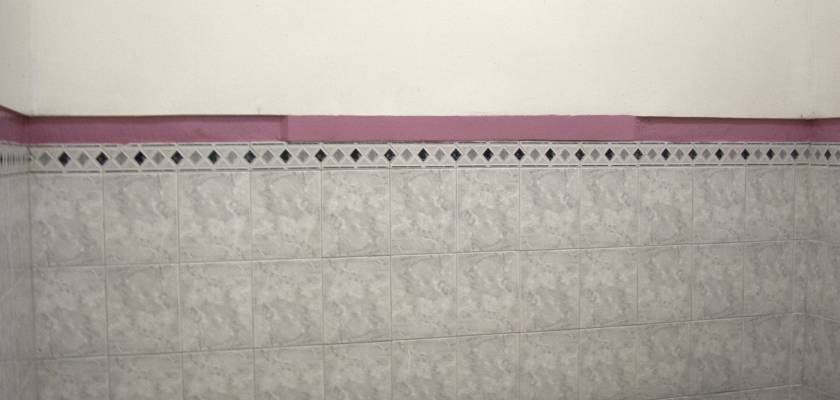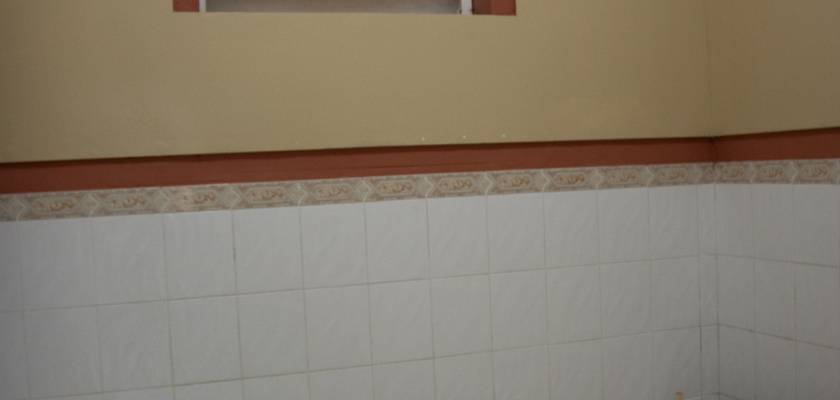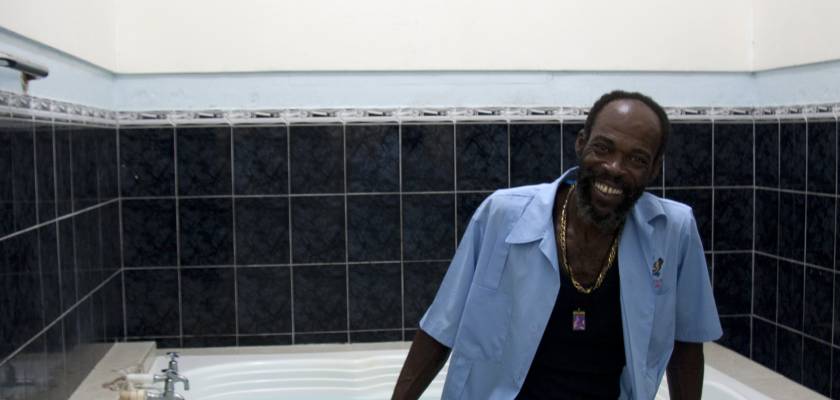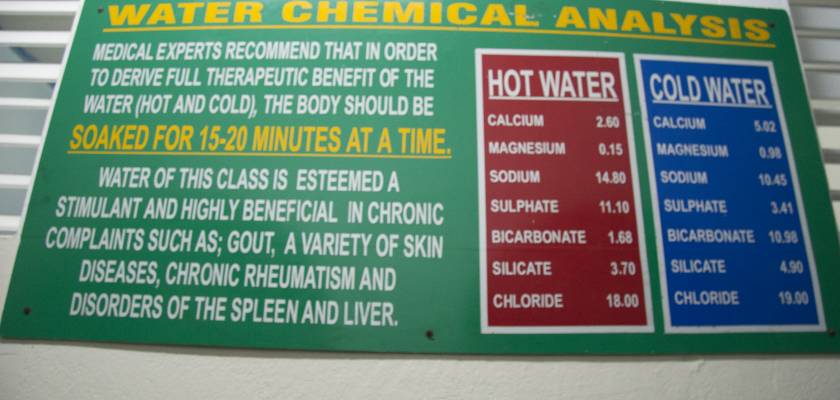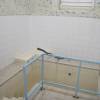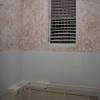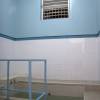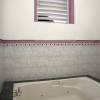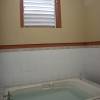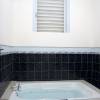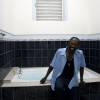Moon Author's Review
The town of Bath was erected using government resources and had a brief glamorous history as a fashionable second-home community for the island’s elite. The splendor was short-lived, however, and the town quickly declined to become a backwater--as it remains today.
Bath Mineral Spring or "The Bath of St. Thomas the Apostle" as it is properly called, was discovered by the runaway slave Jacob in 1695 on the estate of his master, Colonel Stanton. Jacob found that the warm waters of the spring healed leg ulcers that had plagued him for years; he braved possible punishment to return to the plantation to relate his discovery to Stanton. In 1699 the spring and surrounding land was sold to the government for GBP 400. In 1731 the government allocated GBP 500 to develop the bath and a road to the spring, and a small town was built.
The hot springs are located 50 meters north of the Bath Hotel and Spa, itself located about three kilometers on a precariously narrow, winding road north of the town of Bath. An easy-to-follow path leads to the source, where water comes out from the rocks piping hot on one side and cold on the other. There are massage therapists on hand who use wet towels to give an exhilarating treatment, albeit exorbitantly priced (typically around US$14). These masseurs are either lauded or despised by visitors and can be quite aggressive in offering their services from below the gate of the hotel. Some visitors swear by their technique, however, which involves slopping hot towels over the backs of their subjects.

